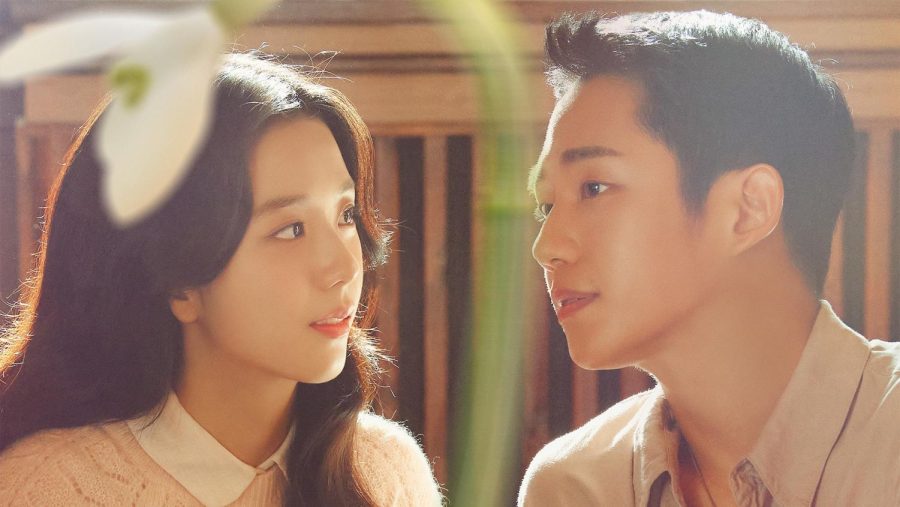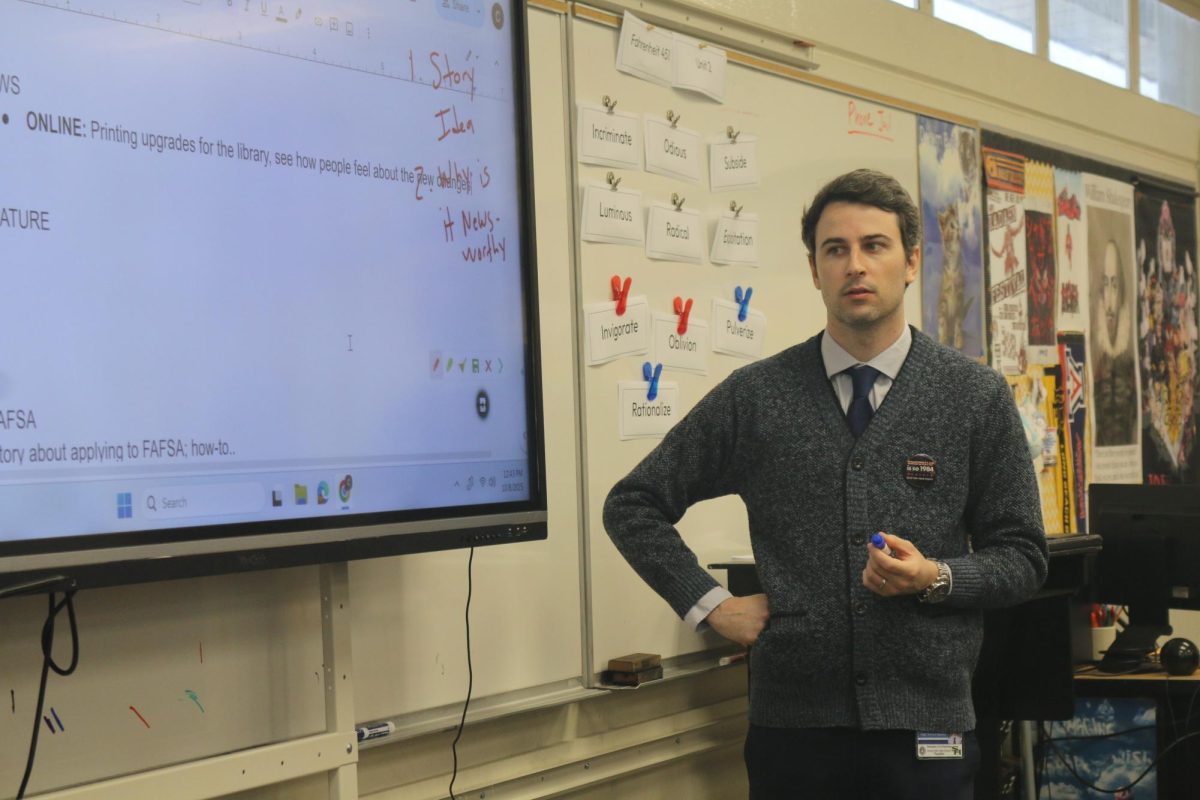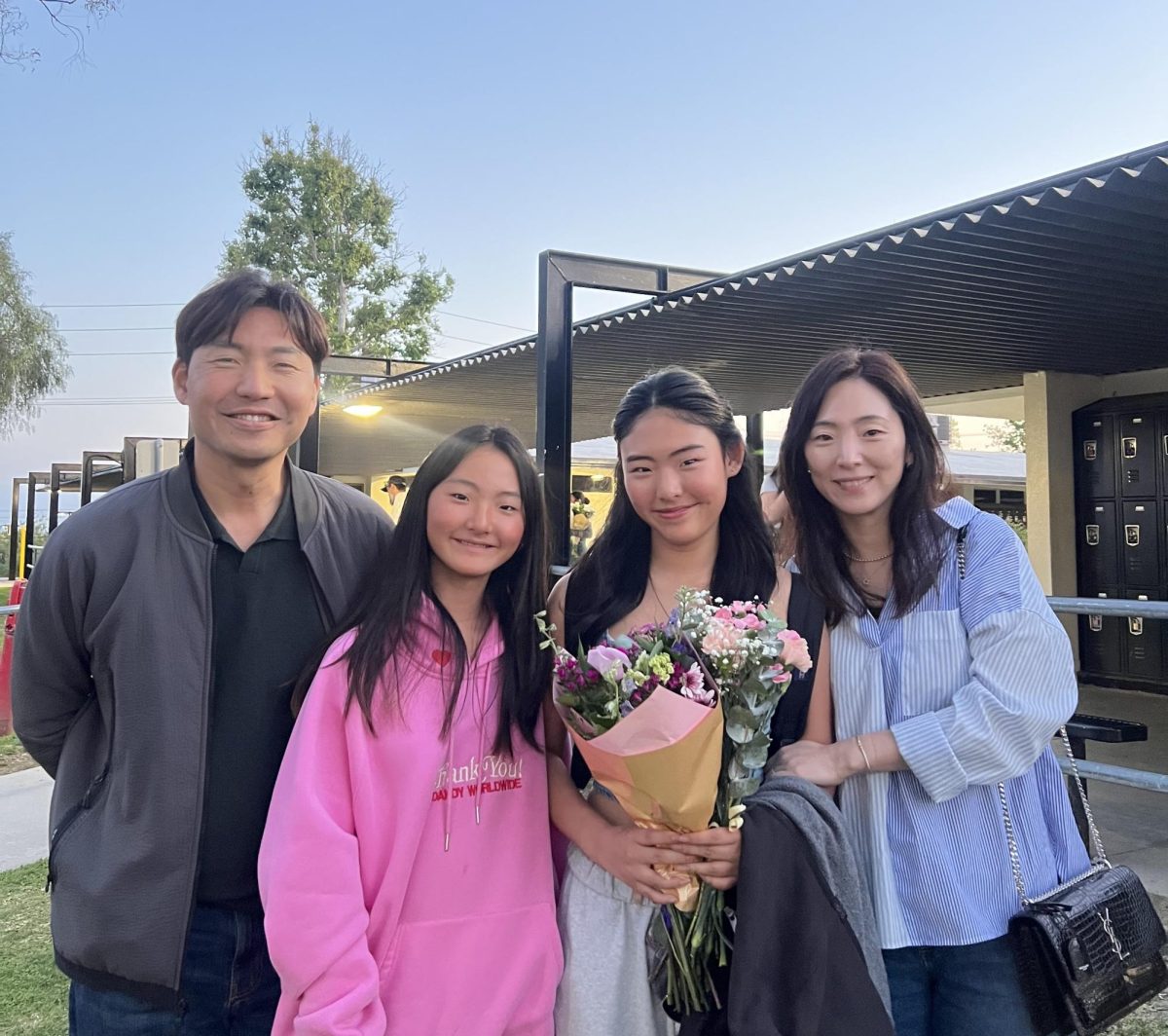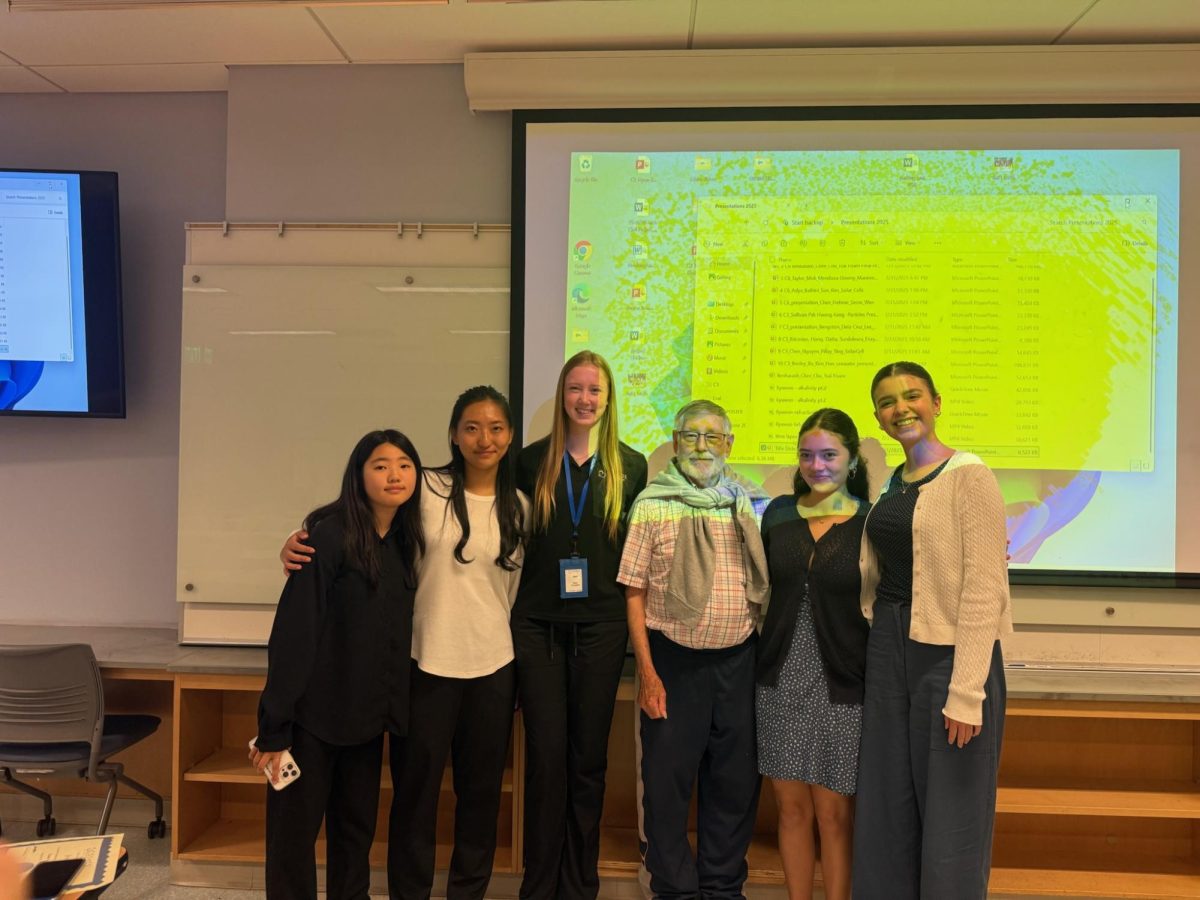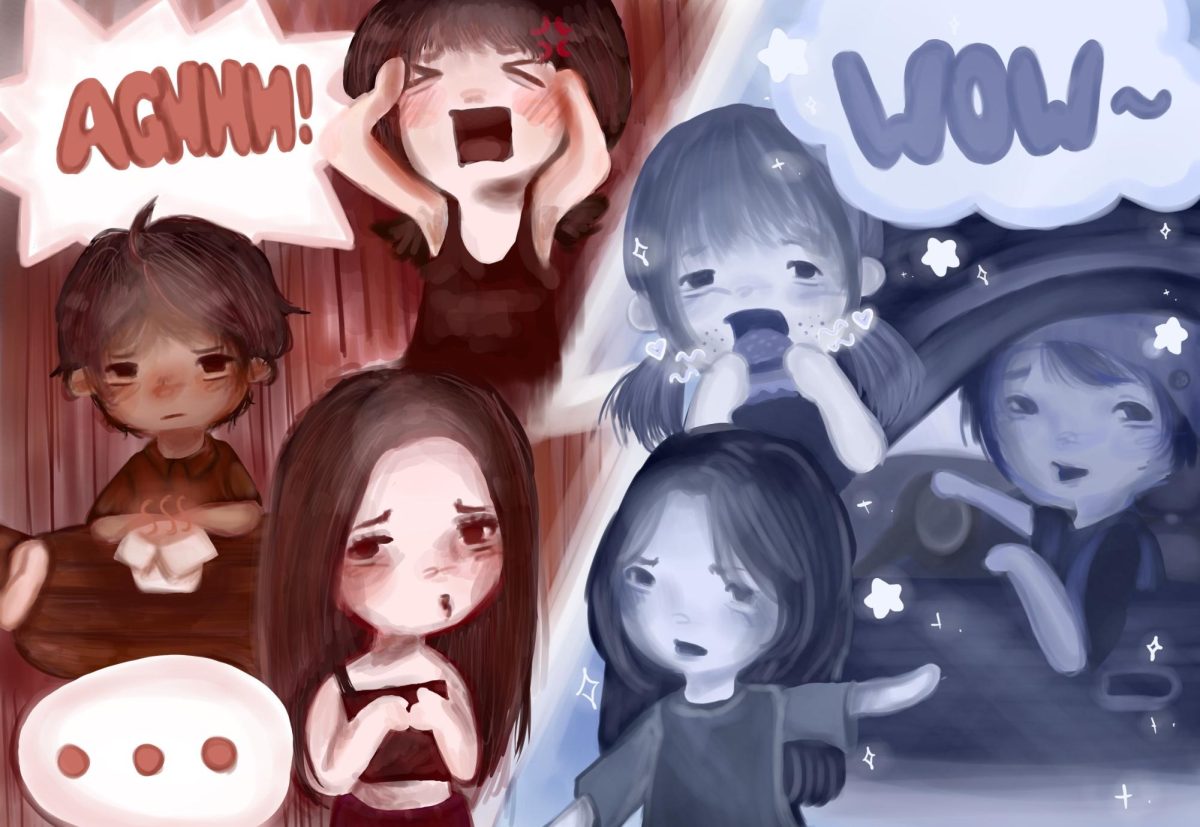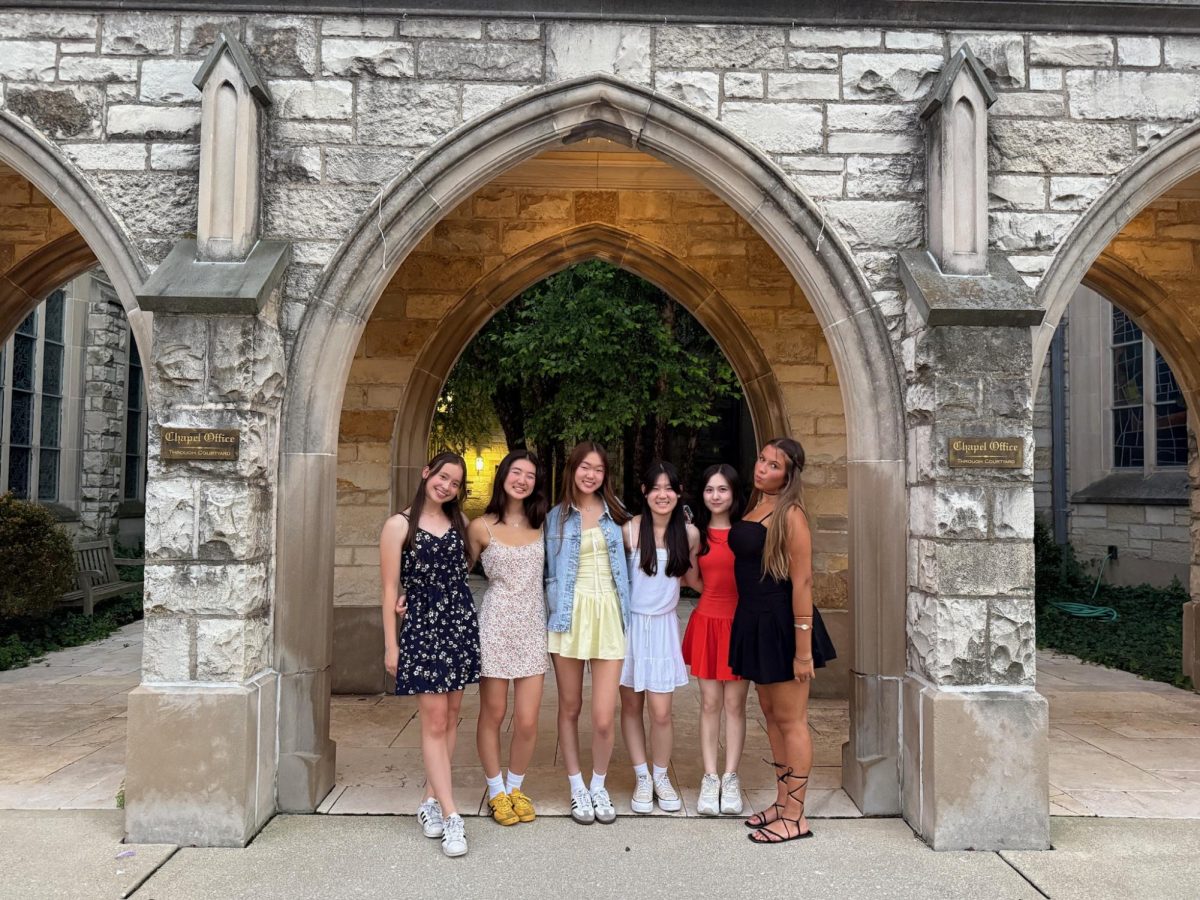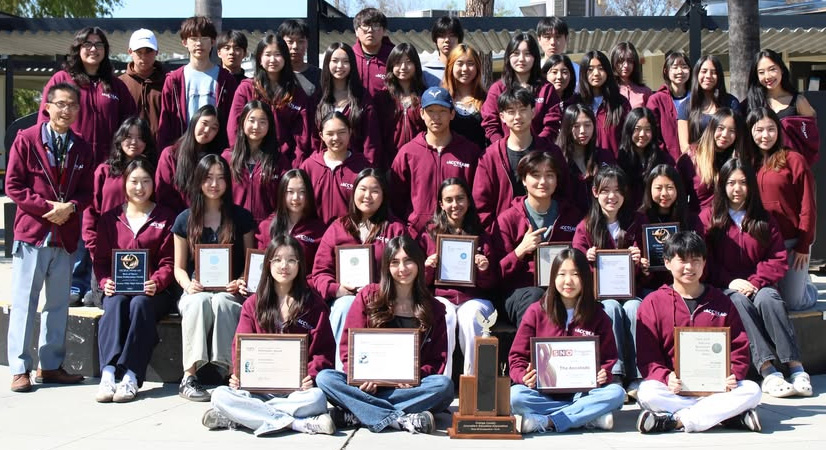Though I grew up in a fairly traditional Korean household, I didn’t join my culture’s TV/movie drama fan base until my friends persuaded me to watch one in the seventh grade.
My first K-drama was “Weightlifting Fairy, Kim Bok Joo,” a coming-of-age story about a group of college athletes fighting for their dreams. Set in 2017 in Seoul, the 16-episode series was produced in 2017 and was made available for streaming on a website called, viki.com. It took me three days to binge watch it by myself.
My Korean was not that great at the time, so I watched with English subtitles turned on, and I found myself obsessing over the characters, specifically the male lead, Jung Joon-hyung played by actor Nam Joo-hyuk. Since I watched the show after it originally aired in South Korea, my friends had already finished watching it when it became available on viki.com.
Nevertheless, we all shared a common interest in the show – having a crush on the main character, which led us to also have romantic feelings for the actor. Jung is a good looking, playful, kind and talented swimmer who goes to the same university as the main female lead, Kim Bok-joo (Lee Sung-kyung).
At the time, I was in the seventh grade and the boys around me seemed immature and childish compared to Jung.
Since then, I found myself engulfed in the Korean film and television industry and fell in love with the common tropes represented in Korean media — particularly mildang, a term used to describe an emotional game of tug-of-war that the characters experience as their relationship unfolds. I personally formed the biggest crush on Nam and sought other works from him as well as other Korean variety and reality shows that featured him.
An example of mildang is the romance that develops in “Hometown Cha-Cha-Cha,” released on Netflix. I’m also a fan of the male lead actor, Kim Seon-ho, so I started watching when the 16-episode show was originally available to be streamed on Aug. 28, 2021, during my senior year.
The main leads – a pretty, smart, big-city dentist named Yoon Hye-jin (Shin Min-a) and an unemployed handyman in the countryside named Hong Du-sik (Kim Seon-ho) – blatantly flirt with each other from the first episode. They act like they do not like each other but viewers know better.
In addition, it takes 10 episodes for Yoon to finally confess her romantic interest in Hong. The characters played with my heart by showing heart racing scenes that made me feel like a part of the unfolding relationship. I remember feeling frustrated that the characters were not able to realize their feelings for each other when it was obvious they liked each other, but that also added to the thrill when the confession and first kiss scene finally happened.
Another key point to mildang is how the series’ producers keep the relationship at a slow pace and let the characters connect with each other at an emotional level before they move on to the next levels of the relationship, such as physical affection.
A crucial moment in a K-drama relationship is when the two love interests hold hands for the first time. The characters usually experience tension while walking next to each other (shown through their closeups of glances at one another); their hands right next to each other but not being able to hold the other. So when the moment finally comes – sometimes with a closeup of the two hands touching and sometimes not – I feel excited, and I can feel my heart beating as if I’m the female lead.
Platforms, such as Wong Fu Productions on YouTube, have mocked this moment in K-dramas with videos like “My Office Became a K-Drama,” but this trope still works for me. I’m kept on edge and invested in the unfolding relationship even if I’m able to predict what will happen next. It’s not always holding hands though; it can be a first kiss or something even more simple, like a hug.
Once I graduate and start college, I plan to continue watching more K-dramas; one on my list is “Snowdrop” on Disney+, which I have a subscription for. So for those of you who’ve already watched it, please don’t spoil it for me.



